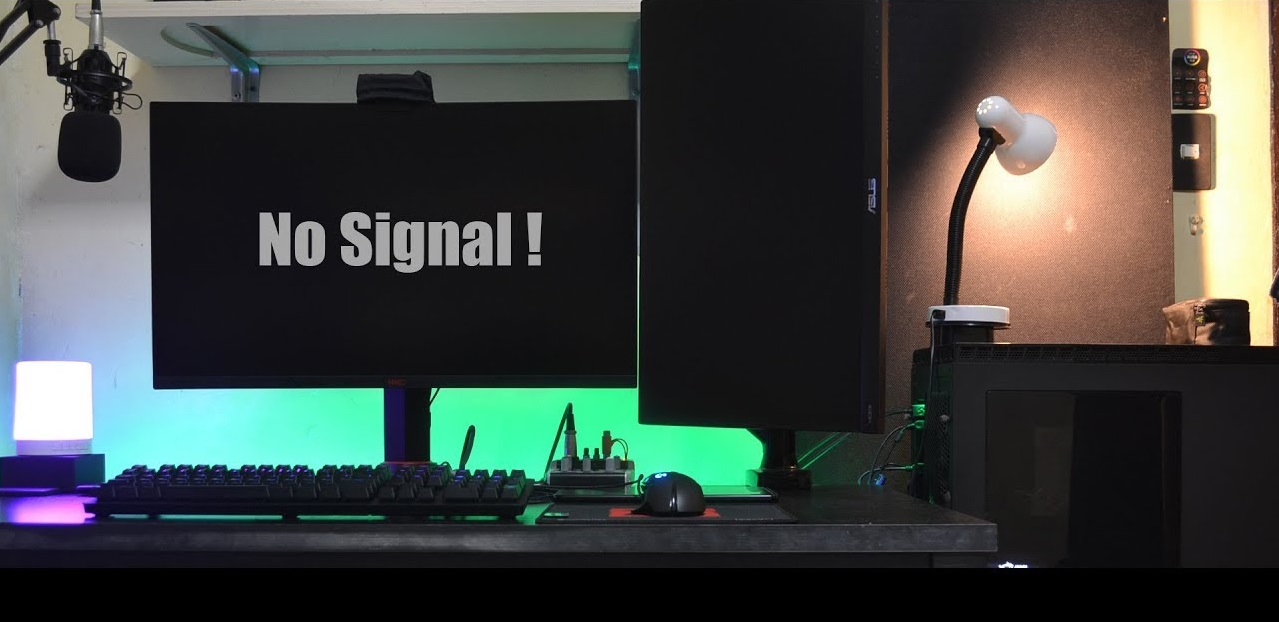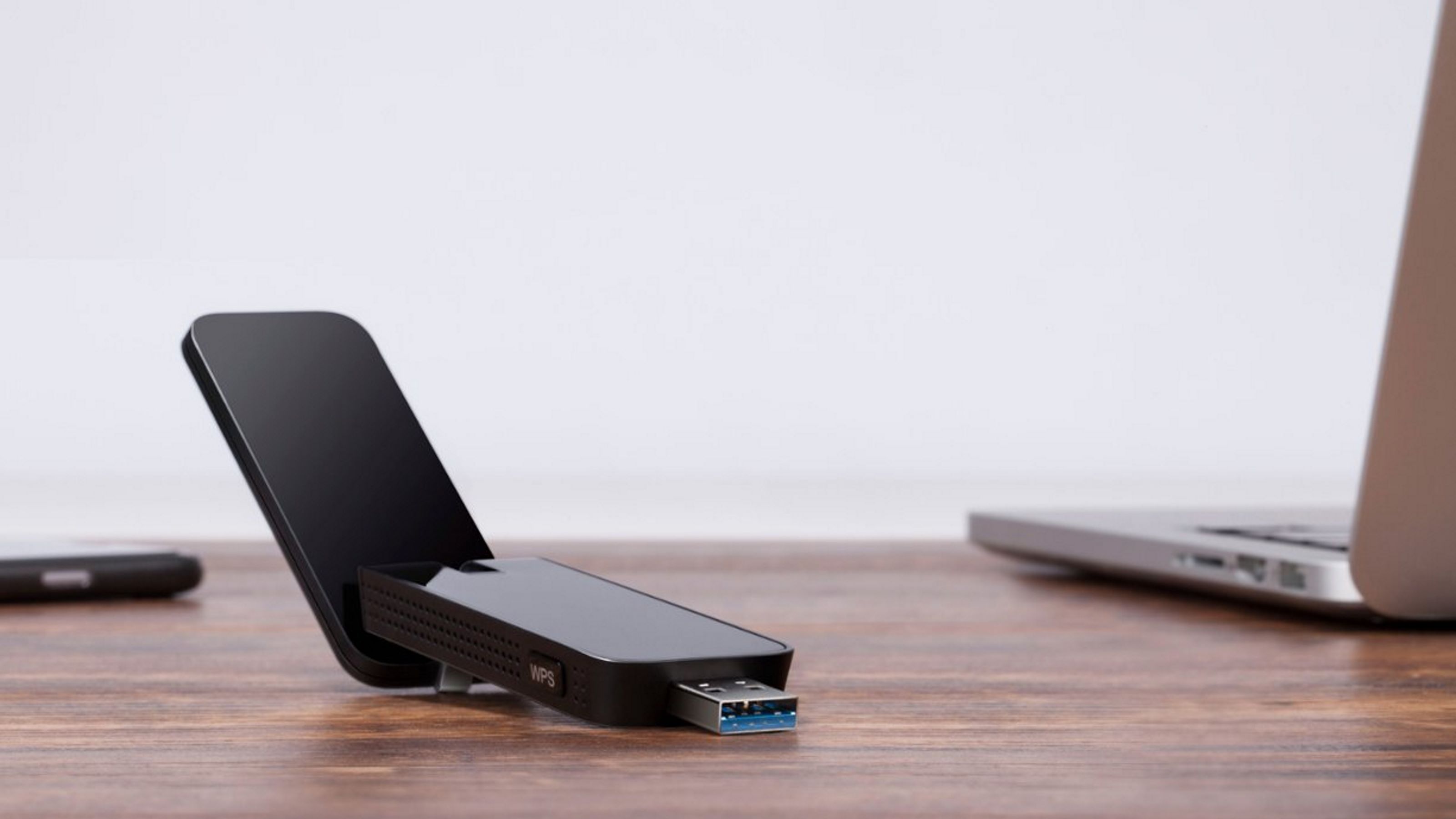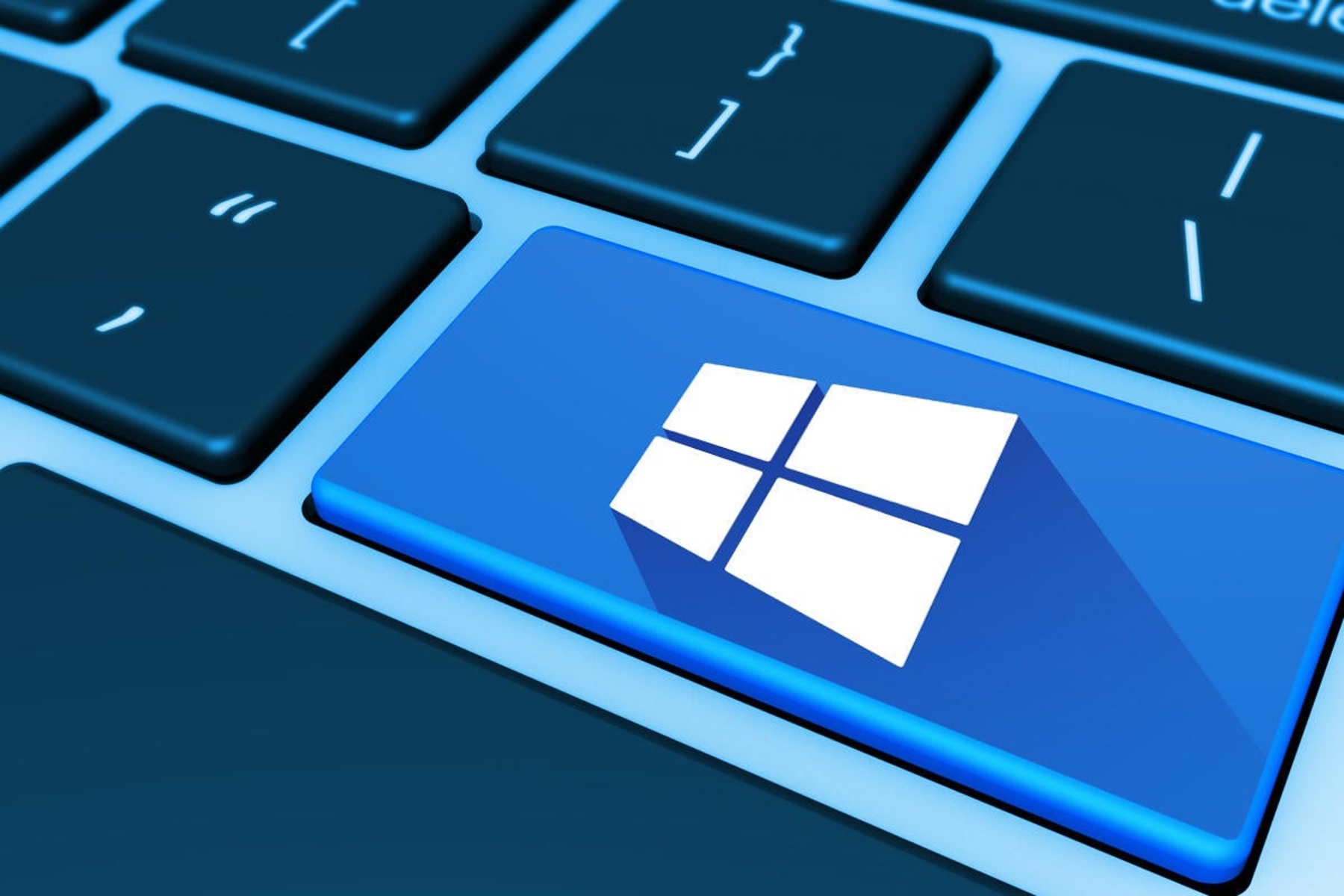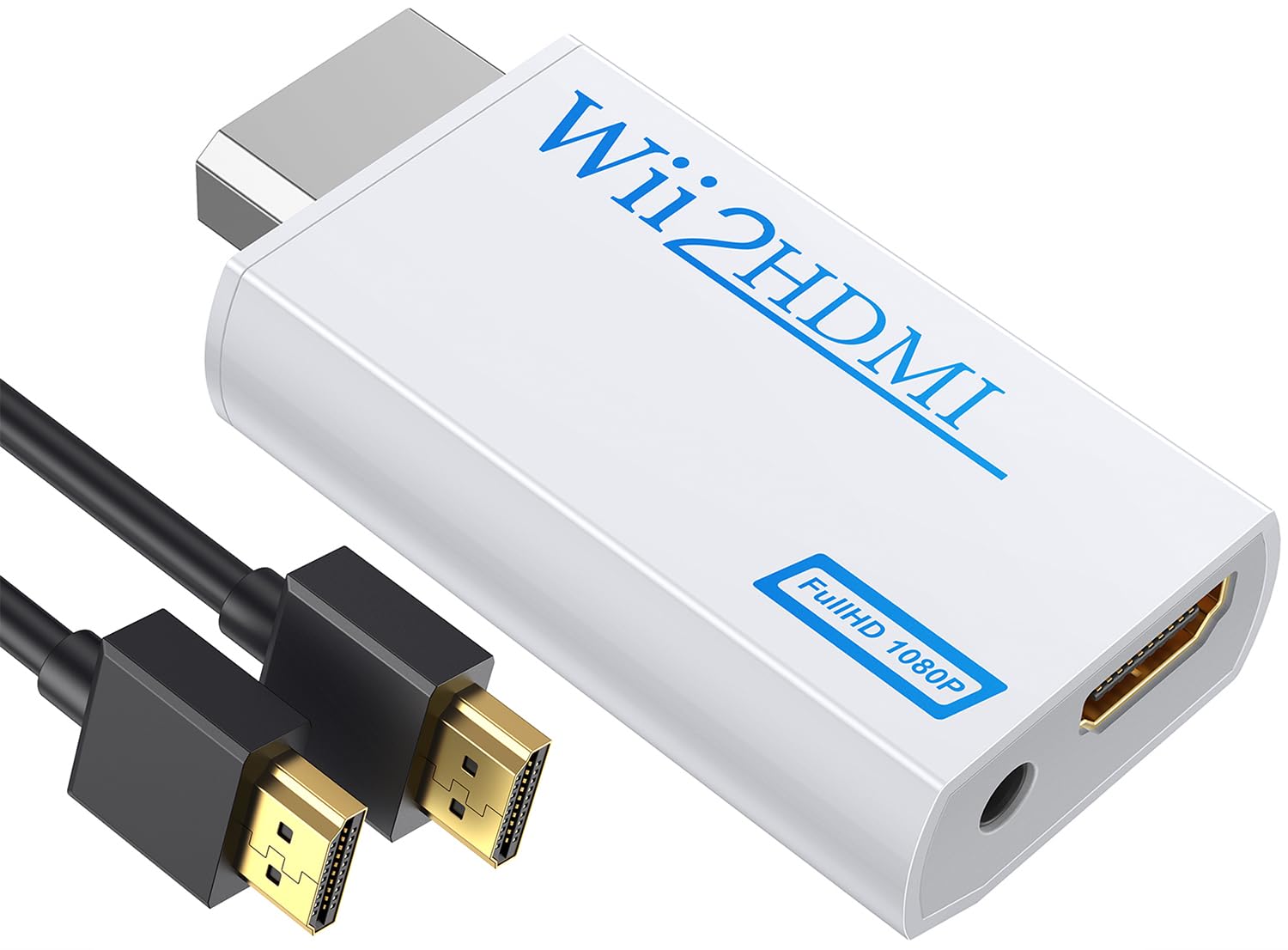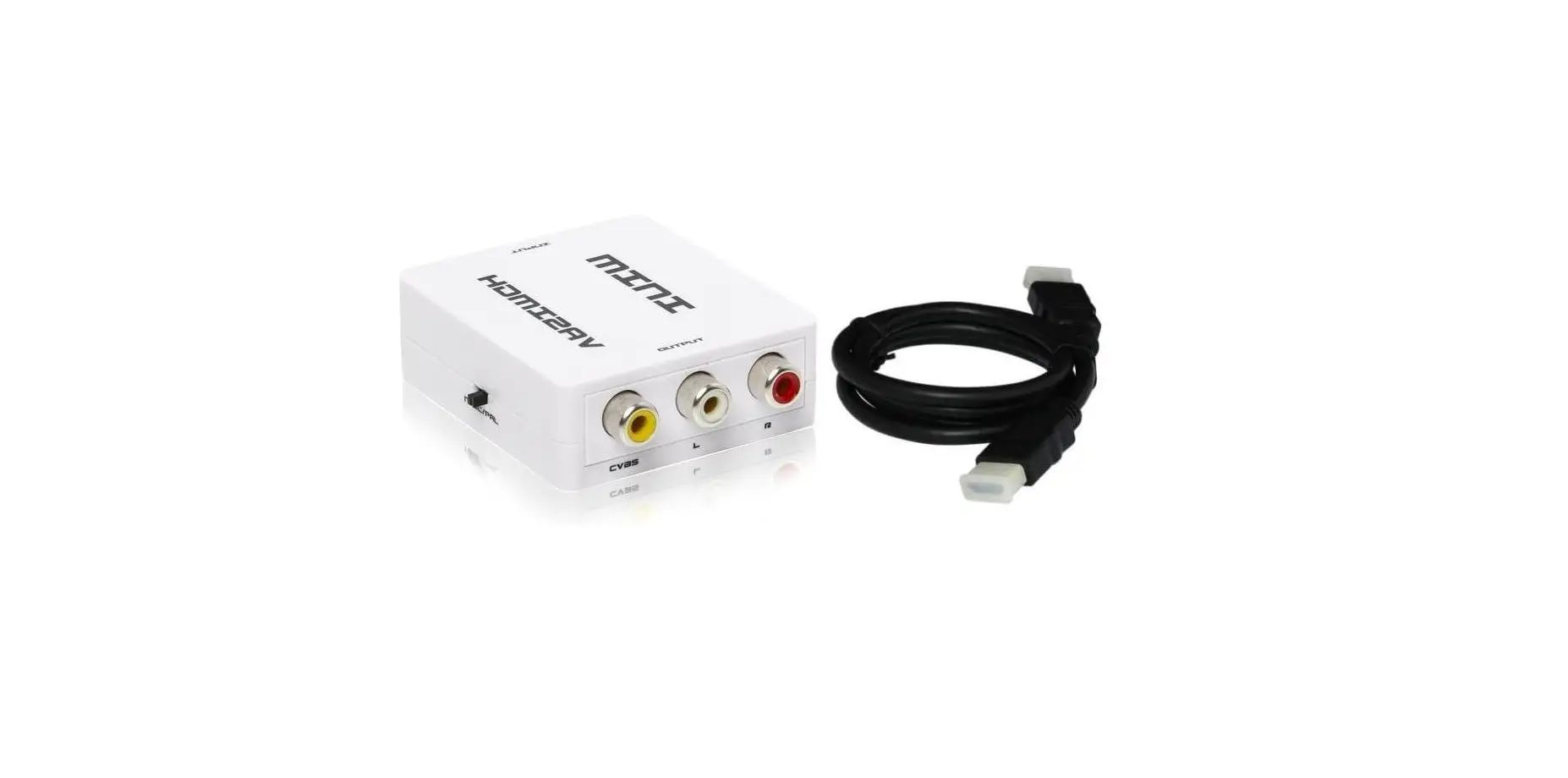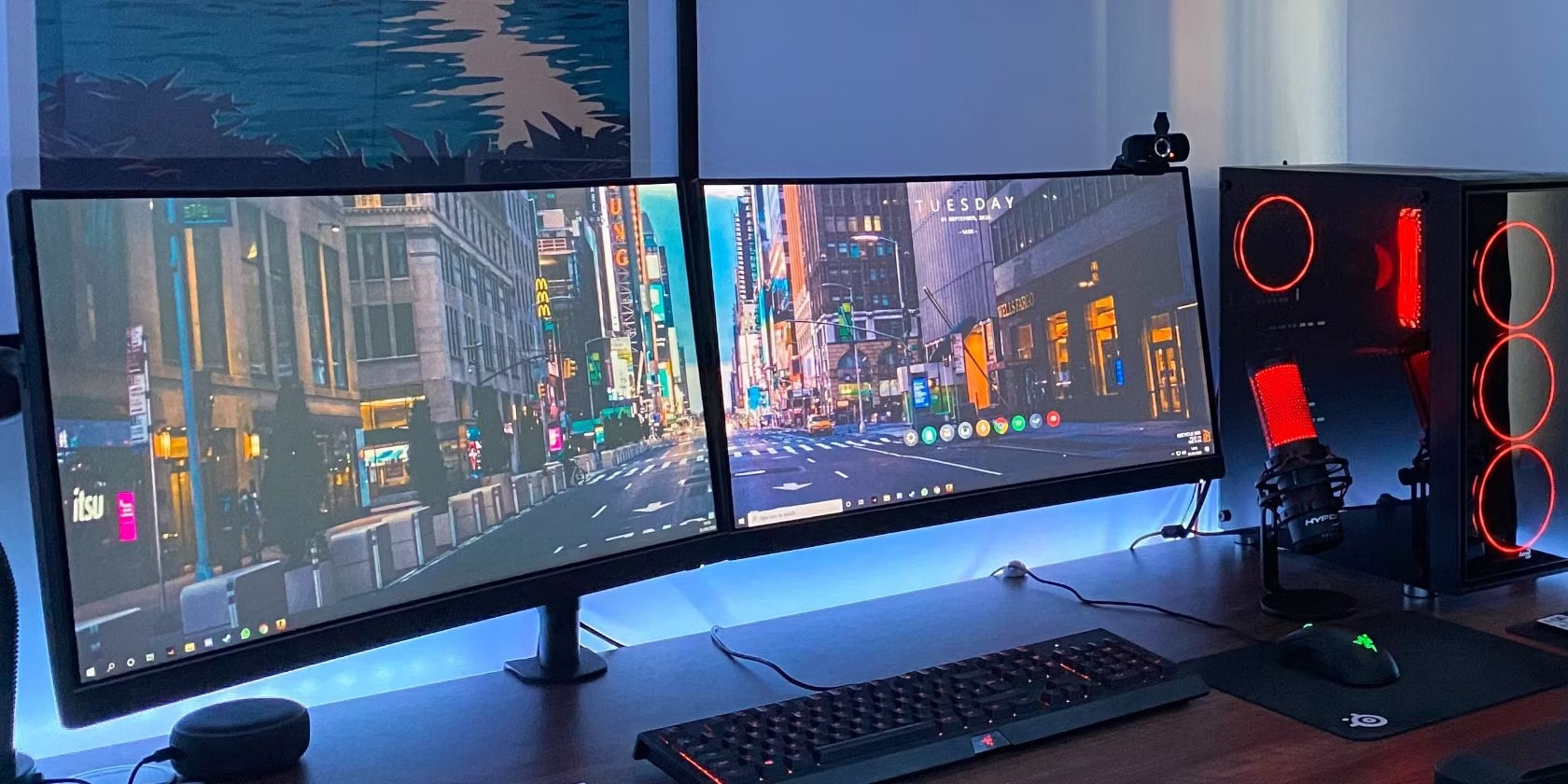Common Causes for “Monitor Says No Signal”
When your monitor displays the message “No Signal” when connected to your PC, it can be frustrating. Several common reasons can cause this issue. Understanding these causes will help you troubleshoot the problem effectively.
1. Faulty cable connections: Inaccurate or loose connections between your monitor and PC can lead to a “No Signal” error. Check if the cables are securely plugged into their respective ports on both the monitor and the computer. If necessary, reconnect them firmly.
2. Problems with the cable: A damaged or faulty video cable can prevent the signal from reaching your monitor. Inspect the cable for any visible signs of physical damage, such as frayed wires or bent connectors. If you suspect a faulty cable, try using a different one to see if the issue is resolved.
3. Incorrect display settings: Sometimes, incorrect display settings on your computer can cause the “No Signal” error. Check if the monitor is set as the primary display and that the resolution and refresh rate are compatible with your monitor’s capabilities.
4. Outdated graphics card drivers: Obsolete or incompatible graphics card drivers can lead to compatibility issues with the monitor. Visit the manufacturer’s website and download the latest drivers for your graphics card to ensure compatibility and optimal performance.
5. Conflicts with other devices: Some devices connected to your computer, such as external hard drives or USB devices, can interfere with the signal. Disconnect all unnecessary devices and check if the problem persists.
6. Monitor or display issues: If you’ve exhausted all other troubleshooting steps, it’s possible that the monitor or display itself is faulty. Test your computer with a different monitor or display to determine if the problem lies with the monitor or the computer.
These are some of the common causes for the “Monitor Says No Signal” issue. By identifying the underlying problem, you can take the necessary steps to fix it and restore your monitor’s functionality.
Troubleshooting Steps for “Monitor Says No Signal”
Encountering a “Monitor Says No Signal” error can be frustrating, but fear not! Here are some troubleshooting steps to help you resolve the issue:
1. Check physical connections: Start by examining all the cable connections between your monitor and the computer. Ensure that they are securely plugged in and that there are no loose connections or bent pins.
2. Test with a different cable: If you suspect that the cable might be faulty, try using a different cable to connect your monitor to the computer. This will help determine if the issue lies with the cable itself.
3. Ensure the computer is powered on: Double-check that your computer is powered on and not in sleep mode or hibernation. Sometimes, a simple restart can resolve the “No Signal” issue.
4. Check the display settings on the computer: Verify that the monitor is set as the primary display and that the resolution and refresh rate are compatible with its capabilities. Adjust these settings if necessary.
5. Update graphics card drivers: Outdated or incompatible graphics card drivers can cause conflicts with the monitor. Visit the manufacturer’s website and download the latest drivers for your graphics card. Install them to ensure proper compatibility.
6. Disconnect any other devices: Unplug any unnecessary devices connected to your computer, such as external drives or USB devices. Sometimes, these devices can interfere with the signal and lead to the “No Signal” error.
7. Try a different monitor or display: If all else fails, connect your computer to a different monitor or display. If the new display works properly, it indicates a problem with your original monitor.
8. Check for hardware issues: If none of the above steps resolve the issue, it’s possible that there may be hardware problems with either the monitor or the computer’s graphics card. Consult a professional or contact technical support for further assistance.
By following these troubleshooting steps, you can diagnose and resolve the “Monitor Says No Signal” error. Remember to double-check each step and proceed systematically to pinpoint the exact cause of the issue.
Check Physical Connections
When troubleshooting the “Monitor Says No Signal” issue, one of the first steps is to check the physical connections between your monitor and computer. Often, loose or faulty connections can be the culprit.
Start by examining the cables that connect your monitor to the computer. Ensure that they are securely plugged into their respective ports on both the monitor and the computer. Sometimes, due to accidental movement or disconnection, the cables might come loose, causing the “No Signal” error.
Check the video cable, usually an HDMI or VGA cable, for any signs of damage. Look for frayed or kinked wires, bent connectors, or any visible physical defects. A damaged video cable can prevent the signal from reaching the monitor, resulting in the “No Signal” message.
If you find any issues with the cable, try using a different cable to connect your monitor to the computer. This will help determine if the problem lies with the cable itself. If the new cable resolves the issue, it indicates that the original cable was faulty and needs to be replaced.
In addition to the video cable, ensure that the power cable of the monitor is securely plugged into a power outlet or power strip. Check if the monitor’s power indicator light is on, indicating that it is receiving power. If the monitor is not powered on, the “No Signal” error can occur.
Remember to tighten all the screws on the cable connectors and ensure they are correctly aligned with the ports. A loose connection can disrupt the signal transmission and lead to the “No Signal” error.
By thoroughly checking and securing the physical connections, you can eliminate any potential issues caused by loose or faulty cables. This step is essential in troubleshooting the “Monitor Says No Signal” problem, and resolving it may be as simple as ensuring that all the cables are properly connected.
Test with a Different Cable
If you are still encountering the “Monitor Says No Signal” error after checking the physical connections, the next step is to test with a different cable. Sometimes, the issue lies with a faulty or incompatible video cable.
Begin by obtaining a different cable that is known to be in good working condition. This could be another HDMI or VGA cable, depending on what type of connection your monitor supports.
Disconnect the existing cable from both the monitor and the computer. Then, carefully connect the new cable to the appropriate ports on both devices. Make sure the connections are secure and tightened properly.
Once the new cable is connected, power on the computer and monitor. Allow a few moments for the devices to establish a connection and for the monitor to detect the signal.
Observe the monitor to see if the “No Signal” error persists. If the monitor now displays a proper signal and functions as expected, it indicates that the original cable was the source of the problem.
In this case, it is recommended to replace the faulty cable with a new one. Ensure that the replacement cable is compatible with your monitor and computer’s video output. Consult the monitor and computer’s documentation or contact the manufacturer for specific cable requirements.
However, if the “No Signal” error still occurs even with the new cable, it suggests that the problem lies elsewhere. This indicates that the issue could be related to the monitor’s settings, computer hardware, or other factors.
By testing with a different cable, you can determine whether the issue is solely caused by a faulty cable or if there are other underlying issues at play. This step will help you narrow down the possible causes and proceed with the appropriate troubleshooting methods.
Ensure the Computer is Powered On
When you encounter the “Monitor Says No Signal” error, one of the simplest troubleshooting steps is to ensure that your computer is powered on. It may seem obvious, but sometimes the issue is as simple as a computer that is not turned on or is in sleep mode.
First, check if the power indicator on your computer tower or laptop is illuminated. If it is not, press the power button to turn it on. Listen for any startup sounds, such as fans spinning or the hard drive initializing. These are signs that your computer is powering up.
If you are using a laptop, make sure it is not in sleep mode or hibernation. Press the power button to wake it up and see if the “No Signal” error disappears.
Additionally, check if the monitor is powered on as well. Look for the power indicator light on the monitor. If it is not lit, press the power button on the monitor to turn it on.
If both the computer and monitor are powered on, but you still see the “No Signal” error, try restarting your computer. Sometimes, a simple reboot can resolve temporary glitches that may be causing the issue.
If the “Monitor Says No Signal” error persists even after confirming that the computer is powered on, it suggests that there may be other underlying causes for the problem. Proceed to the next troubleshooting steps to further diagnose and resolve the issue.
Ensuring that your computer is powered on is an essential step in troubleshooting the “No Signal” error. By double-checking the power status of both your computer and monitor, you can eliminate this as a potential cause and focus on other potential solutions.
Check the Display Settings on the Computer
When encountering the “Monitor Says No Signal” error, it is important to verify the display settings on your computer. Incorrect display settings can cause compatibility issues and result in the error message.
Start by right-clicking on the desktop and selecting “Display settings” or “Screen resolution” from the context menu. This will open the display settings window.
Check if the monitor is set as the primary display. Ensure that it is selected as the primary monitor if you are using multiple displays. Sometimes, the “No Signal” error occurs when the primary display setting is incorrect.
Next, review the resolution and refresh rate settings. These settings must be compatible with your monitor’s specifications. If the values are set too high or too low for your monitor, it can cause the signal to not be recognized, resulting in the “No Signal” error.
If you are unsure about your monitor’s specifications, refer to the manufacturer’s documentation or website for the recommended resolution and refresh rate settings. Alternatively, you can try adjusting these settings to different values within the range supported by your monitor to see if it resolves the issue.
Apply the changes and observe the monitor for any changes. If the “No Signal” error persists, reset the display settings to their original values.
In some cases, a graphics card driver update may be necessary to ensure proper compatibility with your monitor. Visit the manufacturer’s website and download the latest drivers for your graphics card. Install them and restart your computer to see if it resolves the issue.
By checking and adjusting the display settings on your computer, you can eliminate any configuration issues that may be causing the “Monitor Says No Signal” error. Ensure that the monitor is set as the primary display, and adjust the resolution and refresh rate settings within the monitor’s specifications to establish a proper signal connection.
Update Graphics Card Drivers
If you are still experiencing the “Monitor Says No Signal” error after checking the display settings, it may be necessary to update your graphics card drivers. Outdated or incompatible drivers can cause issues with the communication between the graphics card and the monitor, resulting in the error message.
Start by identifying the make and model of your graphics card. You can find this information by opening the Device Manager on your computer, expanding the “Display adapters” category, and noting the name of the graphics card listed.
Visit the manufacturer’s website for your graphics card, such as Nvidia, AMD, or Intel, and navigate to the support or downloads section. Look for the appropriate drivers for your specific graphics card model and operating system version.
Download the latest drivers and follow the installation instructions provided by the manufacturer. This may involve running an installer or extracting the drivers to a designated folder. It is recommended to create a system restore point before proceeding with the driver update.
Once the drivers are updated, restart your computer and check if the “Monitor Says No Signal” error still occurs.
If updating the drivers does not resolve the issue, it may be beneficial to perform a clean installation of the graphics drivers. This involves fully uninstalling the existing drivers and then installing the updated drivers from scratch. Consult the manufacturer’s documentation or support resources for instructions on performing a clean driver installation.
Note that if you are using a dedicated graphics card, it is important to update the drivers for both the dedicated card and any integrated graphics that may be present on your computer. This ensures that both components are working together properly.
Updating the graphics card drivers is an essential step in troubleshooting the “Monitor Says No Signal” error. By ensuring that your graphics card has the latest drivers installed, you can resolve compatibility issues and improve communication between the graphics card and the monitor.
Disconnect Any Other Devices
When dealing with the “Monitor Says No Signal” error, it is important to consider if any other devices connected to your computer could be causing interference. Sometimes, external devices can disrupt the signal and prevent the monitor from receiving a proper connection.
Start by disconnecting any unnecessary devices that are currently connected to your computer. This includes USB devices, external hard drives, printers, and any other peripherals. Unplug them one by one, giving the monitor a chance to establish a signal connection after each removal.
After disconnecting a device, restart your computer and observe if the “No Signal” error persists. If the error disappears when a specific device is disconnected, it indicates that the device was causing the interference.
If you find that a specific device is causing the issue, try connecting it to a different USB port or ensuring that it is properly powered and functioning. In some cases, a faulty or malfunctioning device can interfere with the normal signal flow between the computer and the monitor.
Additionally, check any cables connected to these devices for damage or loose connections. A damaged or loose cable can cause signal disruption, leading to the “No Signal” error. Replace any faulty cables and ensure they are properly connected.
Remember to reconnect essential devices, such as the keyboard and mouse, once you have identified that they are not causing the issue. Only keep the necessary devices connected to your computer to minimize the chances of interference.
By disconnecting unnecessary devices and checking their cables, you can eliminate potential sources of interference and identify if any external devices are causing the “Monitor Says No Signal” error. This step brings you closer to pinpointing the root cause of the issue and resolving it effectively.
Try a Different Monitor or Display
If you have followed the previous troubleshooting steps and are still facing the “Monitor Says No Signal” error, it may be necessary to test your computer with a different monitor or display. This step will help determine if the issue lies with your original monitor or if there are other underlying factors at play.
Begin by obtaining another monitor or display that you know is in working condition. This could be borrowing one from a friend or colleague, or even temporarily using a TV with an HDMI input.
Disconnect your current monitor from the computer and connect the alternative monitor or display instead. Make sure all the necessary cables are securely plugged in.
Power on your computer and the alternative monitor or display. Allow some time for the devices to establish a connection and for the new monitor to detect the signal.
If the alternative monitor or display shows a proper signal and functions as expected, it suggests that the issue lies with your original monitor. You may need to further investigate or contact the manufacturer for assistance in resolving the problem.
However, if the “No Signal” error still occurs with the alternative monitor or display, chances are there may be other factors at play. This indicates that the issue could be related to the computer’s graphics card, settings, or other hardware components.
In this case, it is recommended to consult a professional technician or contact technical support for further assistance. They will be able to provide you with targeted guidance to diagnose and resolve the underlying issue.
By trying a different monitor or display, you can determine if the issue lies with your original monitor or if there are other factors contributing to the “Monitor Says No Signal” error. This step can help narrow down the potential causes and guide you towards a resolution.
Check for Hardware Issues
If you have exhausted the previous troubleshooting steps and are still encountering the “Monitor Says No Signal” error, it may be necessary to investigate for potential hardware issues. Hardware problems can sometimes be the root cause of the error message, requiring further examination and troubleshooting.
Here are some areas to check for hardware issues:
1. Graphics card: Ensure that the graphics card is securely connected to the motherboard. If it is a separate card, try removing it and reseating it firmly. Check for any visible signs of damage, such as loose components or burnt marks. If you have a spare graphics card, consider testing your computer with it to see if the issue persists.
2. Memory modules: Faulty or improperly installed RAM modules can cause various issues, including display problems. Open your computer chassis and ensure the memory modules are seated correctly in their slots. Try removing and reinstalling them one at a time, testing your computer after each module is reinserted.
3. Power supply: A malfunctioning power supply unit (PSU) can cause instability and affect the proper functioning of various hardware components. Check all power connections inside your computer, making sure they are secure. Consider using a PSU tester or substituting with a known working PSU to see if it resolves the issue.
4. Motherboard: The motherboard is a crucial component that connects all hardware elements of your computer. Inspect it for any visible abnormalities, such as swollen capacitors or burnt marks. Ensure that all cables and connections are properly seated and secure on the motherboard.
5. Other hardware components: While less common, other hardware components like the CPU or storage drives could potentially be causing the “No Signal” error. Ensure that all connections are secure and that the components are functioning properly. Consider consulting a professional technician if needed.
It is important to note that troubleshooting hardware issues can be complex and may require technical expertise. If you are unsure or uncomfortable with handling hardware, it is recommended to seek assistance from a professional technician or contact technical support for further guidance.
By thoroughly checking for hardware issues, you can identify any potential problems that may be causing the “Monitor Says No Signal” error. Addressing these hardware-related issues can help restore proper functionality to your computer and monitor setup.
Conclusion
Encountering the “Monitor Says No Signal” error can be a frustrating experience, but by following the troubleshooting steps outlined above, you can effectively diagnose and resolve the issue. Here’s a recap of the steps to take:
- Check physical connections: Ensure all cables are properly connected, and look for any signs of physical damage or loose connections.
- Test with a different cable: Substitute the video cable with a known working one to determine if the issue lies with the cable.
- Ensure the computer is powered on: Double-check that your computer is powered on and not in sleep mode or hibernation.
- Check the display settings on the computer: Verify that the monitor is set as the primary display and that the resolution and refresh rate are compatible with its capabilities.
- Update graphics card drivers: Install the latest drivers for your graphics card from the manufacturer’s website to ensure compatibility.
- Disconnect any other devices: Remove unnecessary devices connected to your computer that may be causing signal interference.
- Try a different monitor or display: Test your computer with an alternative monitor or display to determine if the issue lies with your original monitor.
- Check for hardware issues: Inspect hardware components, such as the graphics card, memory modules, power supply, and motherboard, for any visible signs of damage or problems.
Remember, troubleshooting the “Monitor Says No Signal” error may require a combination of these steps depending on the specific underlying cause. It is important to be patient and systematic in your approach.
If the issue persists after exhausting these troubleshooting steps, it may be best to consult a professional technician for further assistance. They will have the expertise and tools to diagnose and resolve more complex hardware or software-related issues.
By following these troubleshooting steps and conducting thorough checks of the physical connections, display settings, drivers, and hardware components, you can identify and resolve the “Monitor Says No Signal” error, restoring functionality to your computer and monitor setup.







